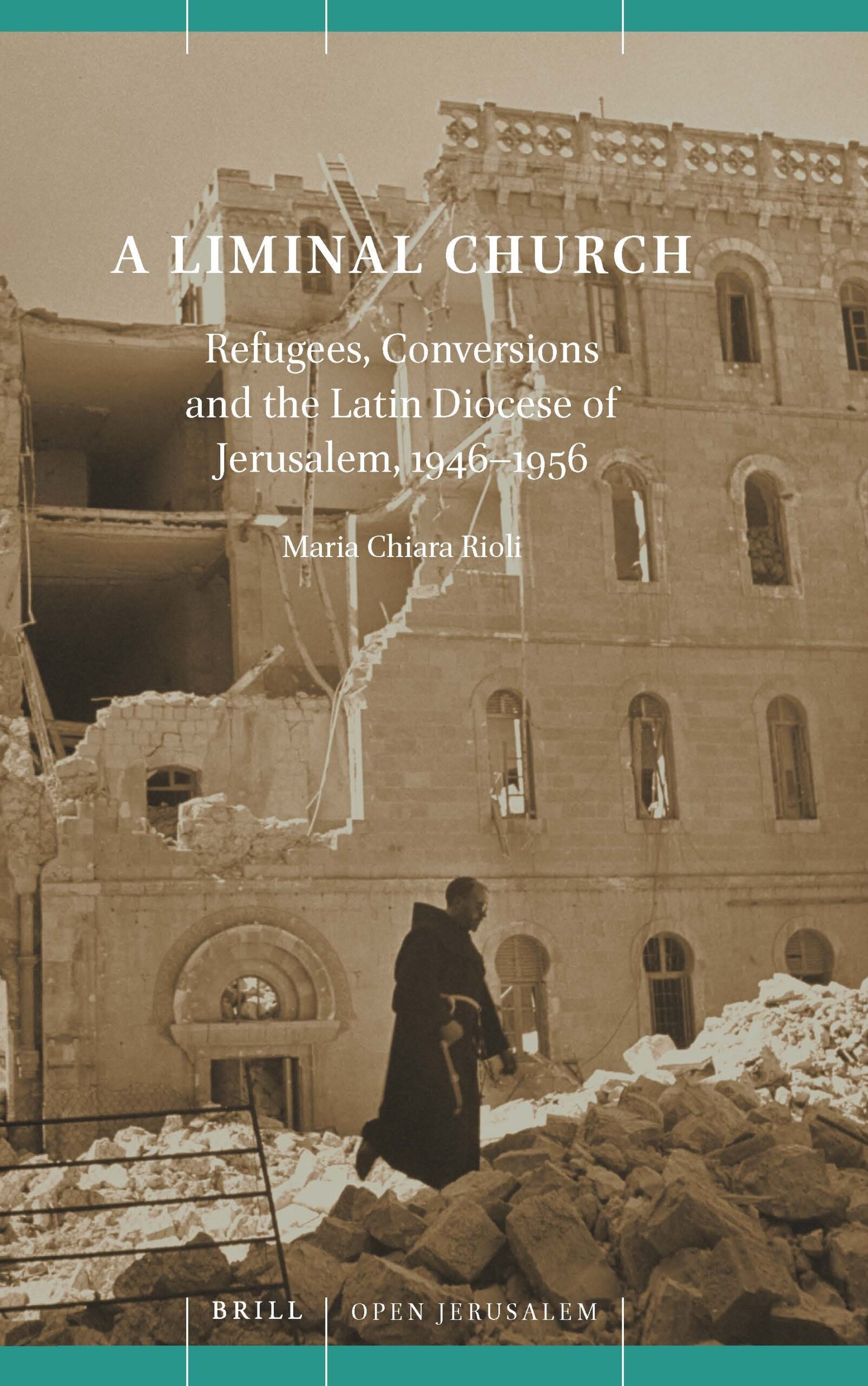
Basing her work on a remarkable wealth of materials from dozens of archives, Maria Chiara Rioli examines the experience of the Latin Church of Jerusalem in the eventful decade stretching from the contentious establishment of the state of Israel to the Suez crisis. It is a story of conflict along multiple dimensions, between the local patriarch and the Holy See, between the Latin Church and the new Israeli state, between various European national church groups claiming rights over the Holy Places of Christianity, between European and Arab Catholics, as well as among the various different Christian churches present in the area.
The Catholic Church in the Middle East is composed of seven different church groups, all under the authority of the pope, but the church in the diocese of the Latin Patriarchate of Jerusalem is the only one following the western rites. Its territory encompasses Israel, the Palestinian territories, Jordan, and Cyprus. While most of its members are local Arabs, the clergy includes a significant number of Europeans, and among the members is a modest number of European Catholics of Jewish origin and Catholics married to Jews.
A Liminal Church grows out of a doctoral dissertation at the Scuola Normale Superiore of Pisa and is notable for the impressive list of archives consulted, including the newly opened Vatican archives for the papacy of Pius XII, the archives of various Catholic religious orders, Jerusalem municipal and Jewish archives of various sorts, private archives of religious figures, United Nations archives, and other archives, scattered across numerous countries. It has much new to tell.
Luigi Barlassina, Latin patriarch of Jerusalem for over a quarter century (1920-1947), shared the Vatican’s opposition to the immigration of Jews to Palestine and the establishment of a Jewish state there, a sentiment shared by both Palestinian Latin and Eastern Catholics. In 1926 an Arabic publication of the Latin Patriarchate published a positive review of The Protocols of the Elders of Zion, described in the journal as an authentic documentation of the Jewish plan to rule the world. Barlassina shared the widespread Catholic equation of Jews with communism and worried that the increased presence of Jews in the area would lead to the spread of communism. He would come into conflict with Cardinal Eugène Tisserant, the long serving secretary of the Holy See’s Congregation for the Oriental Churches, who was both more open to dialogue with Jewish organizations and, unlike Barlassina and many of the clergy of the Latin church, eager to promote the coming together of the Latin and Eastern Catholics.
Rioli recounts the trauma for Palestinian Catholics of the war that was waged around the founding of the Jewish state and the tense relations immediately following the war. Rioli’s examination of the internal patriarchate correspondence makes clear, as she puts it, that its language “was still heavy with prejudice and exhibited little faith in the Israeli authorities” (p. 189).
Rioli devotes considerable attention to the founding, organization, and activities of the Association of Saint James, described as a Hebrew-Christian church, its nucleus Jewish converts to Roman Catholicism, including Holocaust survivors. A key development was the decision to abandon earlier church policy of proselytism, not least because suspicions by Israeli authorities of the conversionary goals of the organization placed it in jeopardy. Members saw themselves as proud of their Jewish origins and called on the Church to reject its traditional anti-Jewish prejudices.
After a two-year hiatus following Barlassina’s death, the Vatican named a European Franciscan, Alberto Gori, to replace him as patriarch. Gori shared his predecessor’s anti-Israeli attitude, a stance reinforced by fears of possible Muslim retaliation should Catholics support the Jewish state. The tensions with Cardinal Tisserant continued, while Gori complained of what he cast as Israeli persecution of Christians in the country.
While the number of members of the Latin Patriarchate was, and remains, relatively modest, and it is only one of seven different Catholic churches in the Middle East, the story Rioli tells in this book is of considerable interest given the location of the Patriarchate in Jerusalem during the fateful and dramatic years during which Israel was created and established. The drama of the flight of many of the Palestinian Catholics from their homes amidst the violence of the war of Israeli independence, the subsequent need to deal with large numbers of refugees, the need to negotiate the Church’s longstanding anti-Jewish attitudes as well as Arab hostility to the Jewish state, along with tensions between European-origin Catholics—clergy and lay—and Arab Catholics, make this story especially intriguing. The archival research that went into A Liminal Church is truly exemplary. It has resulted in a book that offers a valuable touchstone for an understanding of this chapter of church and political history, as well as the history of Christian-Jewish relations.